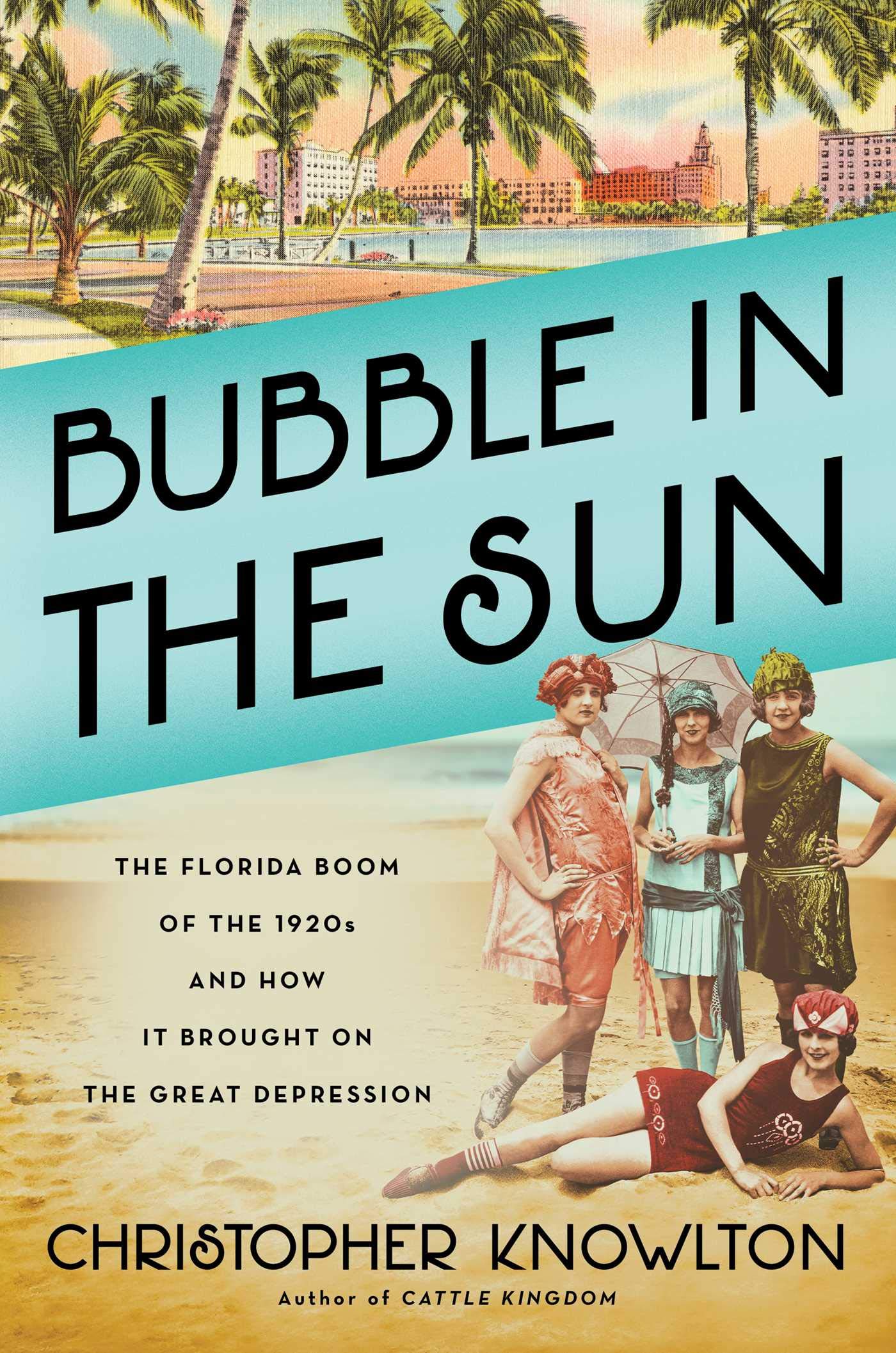Review | Christopher Knowlton’s ‘Bubble in the Sun’
Author Puts Florida’s Jazz Age Boom and Bust in Perspective

In Bubble in the Sun: The Florida Boom of the 1920s and How It Brought on the Great Depression, Santa Barbara author Christopher Knowlton takes the reader on a thrilling tour through one of American economic history’s most colorful and consequential episodes: the great Florida real estate bubble of the Jazz Age.
In less than a decade, Florida became the site of what remains the largest human migration in American history. Overnight, fortunes large and small were made — and then lost — by millionaires and middle-class citizens alike. The complex marine ecosystem of the Everglades was savaged in the process, as whole communities were built where previously there had been only wetlands or, in the case of Miami Beach, ocean and sand. Patterns of intensive coastline development that originated in southern Florida were subsequently responsible for some of the worst eco-disasters of the 21stcentury, such as the flooding of New Orleans following Hurricane Katrina.
Painstakingly researched, artfully organized, and beautifully written, this multifaceted work of narrative history traces the subterranean ties between economic hubris and environmental dysfunction by telling the stories of the people who shaped the Florida that we know today. Without the initiative and imagination of such colorful figures as the Indiana-born automobile magnate Carl Fisher and the suburban visionary George Merrick, there would be no Miami Beach or Coral Gables.
Knowlton, who recently chaired the board of the Santa Barbara Museum of Natural History, is a former financial journalist and investment manager with a lifelong interest in birding and conservation issues. In his work, he successfully marries the seemingly antithetical worlds of business development and the natural sciences to show how they are tied at the hip. His prior book, 2017’s equally enthralling Cattle Kingdom: The Hidden History of the Cowboy West, performed a similar service, offering up a fascinating depiction of the open-range cowboy and cattle era, which featured its own dire environmental disaster. As Knowlton puts it: “Here are these two worlds — of business and science — that don’t speak the same language. I am trying to show the urgency of the need for them to better understand each other — and for us to understand them. Failure to do so puts our very survival as a species at risk.”



